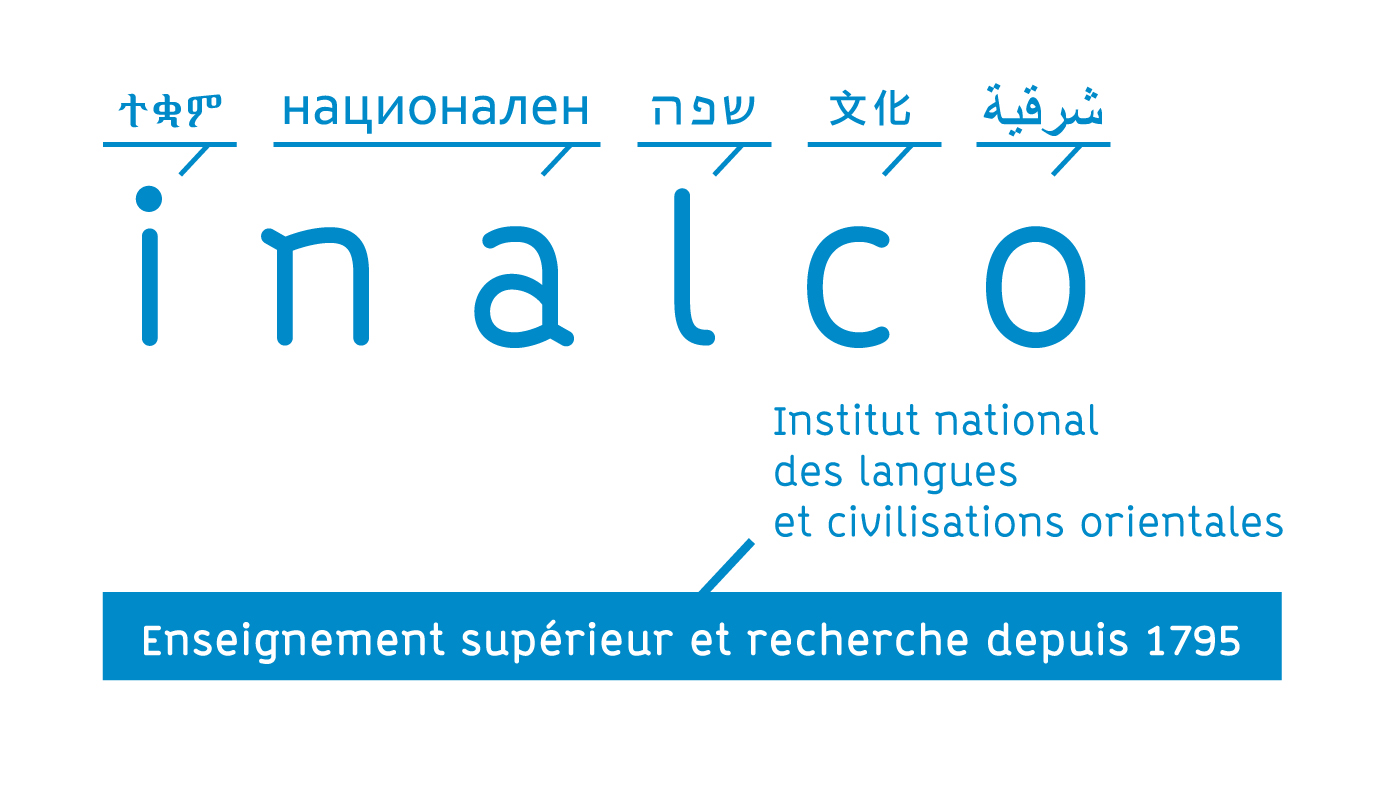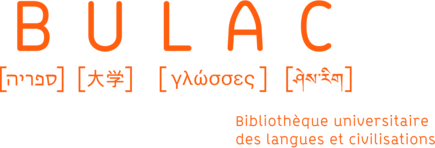10th anniversary of PLC - "Japanese writing: designing typefaces" study days, October 27 and 28

Japanese scripts: designing typefaces. History, origins and developments
日本の文字・書体を創作する
歴史、起源、発展
Study days in connection with the exhibition presented by BULAC, from October 26 to December 24, 2021 in the auditorium gallery and reading room (BULAC).
Wednesday, October 27 and Thursday, October 28, 2021
Auditorium du Pôle des langues et civilisations
Pôle des langues et civilisations - 65, rue des Grands Moulins - 75013 Paris
The recording of the study days will be posted on the Inalco YouTube channel after the event.
Exhibition curator: André Baldinger
Scientific curator of the study day: André Baldinger and Émilie Rigaud
"By proposing a dialogue between historians and designers, these two study days look at Japanese typographic typefaces and the context of their creation"
Émilie Rigaud, researcher and type designer
Type typography using movable type became established in Japan at the end of the 19th century, supported by the prodigiously rapid development of major daily newspapers. It took the place of xylography, a printing process in which text and images were engraved on a single wooden plate, then inked and printed. Then came photocomposition, replacing metal parts with glass plates, and thick ink with flashes of light. These successive technical changes, combined with the evolution of reading habits, had repercussions on the forms of Japanese signs.
What were the major developments in typographic technique in Japan? What links does typography have with calligraphy on the one hand, and images on the other? How are Japanese designers creating typefaces today, and how have foreign designers appropriated the subject?
Japanese, French and Swiss speakers at the conference will provide some answers to these questions, which are still little addressed in France.
Speaker program
Wednesday, October 27, 2021 - 09:40-17:00
<09:40 - Opening remarks
<10:00 - Matsumura Daisuke - The characters of the Japanese city
<11:00 - Blanche Delaborde - Writing in manga: manuscript and typography
11:40 am - Ajioka Shintaro - The mixed composition kanji and kana, Typographic family for Japanese based on kana
2:00 pm - Laïli Dor - Living character : how typography pushed calligraphy down the path of innovation
2:40pm - Émilie Rigaud - How to make 2111 signs from a square? Pixel fonts and the 1980s
<15:40 - André Baldinger - Japanese typeface design, between complexity and innovation
17:00 - Vernissage/Cocktail
Thursday, October 28, 2021 - 10:00-15:20
10:00 - Yuki Akari - The age of photocomposition. The work of Hashimoto Kazuo, font designer
<11h00 - Marianne Simon-Oikawa - Typography, calligraphy, painting: forms and issues of writing in Japanese visual poetry since the 1960s
11:40 am - Suzuki Hiromitsu - The peculiarities of kana made visible by movable type
2:00 pm - Iwai Hisashi - The "forgotten" in Japanese text
<14:40 - Tsukada Tetsuya and the Shinsekai Type Study Group - The creation of "horizontally written"
15:20 Closing remarks
André Baldinger and Émilie Rigaud are Villa Kujoyama laureates
André Baldinger studied typography in Zurich, then type design at ANRT in Paris. In 1995, he set up his own studio, working on cultural and institutional projects, theater set design, three-dimensional projects and typeface design (Baldinger, BDot, BLine, Eiffel, Eddi, Newut...). He has received grants from the French Ministry of Culture, the Swiss Confederation (Federal Design Prize), Cnap and a residency at Villa Kujoyama. In 2005, the Swiss National Bank invited him to take part in a competition to design new Swiss banknotes. In 2008, he and Toan Vu-Huu founded the graphic and typographic design studio Baldinger-Vu-Huu. His designs and those of the studio regularly win awards (TDC New York and TDC Tokyo, the most beautiful Swiss books, 100 best posters D/CH/A...) and can be found in the collections of CNAP, BnF, Design Museum Zurich/CH and Toyama Museum of Modern Art/JP. He is co-founder of the EnsadLab Type research laboratory at EnsAD (2008-2014) and a member of the scientific committee for the "Design graphique, les formes de l'histoire" symposium at the Centre Georges Pompidou and EnsAD in 2014. He is a member of the AGI and teaches at the École nationale supérieure des Arts Décoratifs/Paris and the ZhdK in Zurich.
FURTHER INFORMATION
André Baldinger - Kanji, Kana, BLine (La Fenêtre) - (exhibition video produced by the Centre national des arts plastiques (Cnap) in partnership with ADAGP and La Fenêtre in Montpellier)
Émilie Rigaud focuses on three areas of typography: design, teaching and research. After a master's degree in graphic design at ENSAD in Paris, Émilie Rigaud specialized in typographic design at the University of Reading. The typeface family she designed there, Coline, was awarded the Tokyo Type Directors' club prize in 2011 and entered the collections of the CNAP (Centre national d'art plastiques). In 2010, she founded the foundry A is for fonts to distribute her typefaces and those of other designers. Subsequently, she added to her training a specialization in Japanese culture and language during a master's degree at Inalco and is currently conducting, at IFRAE (Institut Français de Recherche sur l'Asie de l'Est), a thesis on the history of Japanese typography under the supervision of Emmanuel Lozerand. Émilie Rigaud is also a 2020 Villa Kujoyama laureate for her project on the cursiveness of Japanese typefaces. She has been teaching at ANRT (Atelier National de Recherche Typographique) since 2013.
FURTHER INFORMATION
Emilie Rigaud, typographer of the future (Interview conducted by Camille Renard - 27/10/2020 - France Culture)
An event co-organized by Inalco and BULAC, in partnership with the Maison de la culture du Japon in Paris



Journées d'études Ecritures japonaises - Programme détaillé (143.72 KB, .pdf)